Turning your backyard into a boutique farmstand doesn’t mean you need rolling hills or a rustic barn. With the right edible plants, even a modest garden can feel charming, curated, and downright delicious. These plants aren’t just practical—they’re stylish, satisfying, and surprisingly easy to grow. Whether you’re new to gardening or just want your space to feel a little more like your favorite farmer’s market, these 11 picks will elevate your outdoor vibe.
1. Rainbow Chard

If you’re going for eye-catching and edible, rainbow chard is your new garden MVP. Its bright pink, orange, and yellow stalks look like they belong in a florist’s bouquet—not a salad. It thrives in containers or beds, grows quickly, and can be harvested multiple times throughout the season. Plus, it’s a nutrient-rich green packed with vitamins A, C, and K, notes Heritage Fine Foods.
Taste-wise, it has a slightly earthy, beet-like flavor that works well sautéed or raw in salads. Kids love the colors, and guests will ask what it is every time. It’s a true blend of form and function, and it gives your garden that “artisanal produce stand” energy instantly. Keep it in partial shade if you’re in a hot climate—it appreciates the break from intense sun.
2. Lemon Balm

Lemon balm has an uplifting citrus scent that makes your whole yard smell fresh and happy. As part of the mint family, it grows like a dream and spreads easily, so a little goes a long way. Its leaves are perfect for herbal teas, infusing into water, or even baking into lemony desserts. Just brush by it once and your hands will smell like you wandered into a fancy spa.
Gardenary also notes that it brings in bees and butterflies, which ups your garden’s charm factor and helps pollinate other plants. Keep it in a container if you don’t want it taking over your yard. It’s drought-tolerant once established and super low-maintenance. And trust us—people will ask, “What smells so good?” every time they visit.
3. Alpine Strawberries
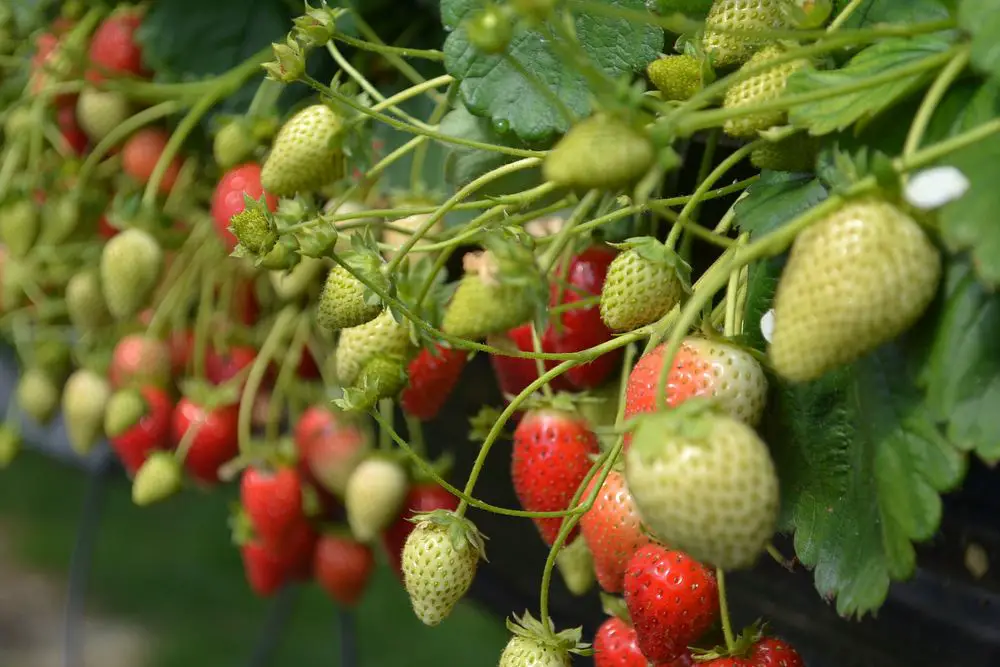
These tiny strawberries pack major flavor and are way more refined than the store-bought kind. They grow in neat little clumps and don’t send out messy runners like traditional strawberries do. Their delicate, wild look adds a cottage-core aesthetic to your borders and walkways. And because they fruit throughout the season, you get regular bursts of sweet, snackable goodness, says GrowVeg.
Each berry is intensely fragrant—almost like strawberry candy—and they’re ideal for tossing on yogurt or baking into scones. Alpine strawberries thrive in partial shade and do great in containers too. They’re especially fun for kids to pick and nibble as they play outside. Once you grow them, it’s hard to go back to the supermarket version.
4. Purple Basil

Regular basil is great, but purple basil is next-level stylish. Its deep, plum-colored leaves look striking next to green herbs and give your garden a “chef’s secret garden” vibe. Edible landscaping is gaining popularity among homeowners looking to elevate their curb appeal, and purple basil delivers both beauty and practicality. It’s just as fragrant and tasty as its green counterpart, with a slightly spicier kick, says Gardenia.
Use it in caprese salads, homemade pesto, or even as a garnish in cocktails for a dramatic touch. It grows fast and loves full sun, and it pairs well with tomatoes if you’re growing those too. Pinch the tops to keep it bushy and prevent it from flowering too early. Trust us, your garden guests will be asking for cuttings.
5. Blueberry Bushes
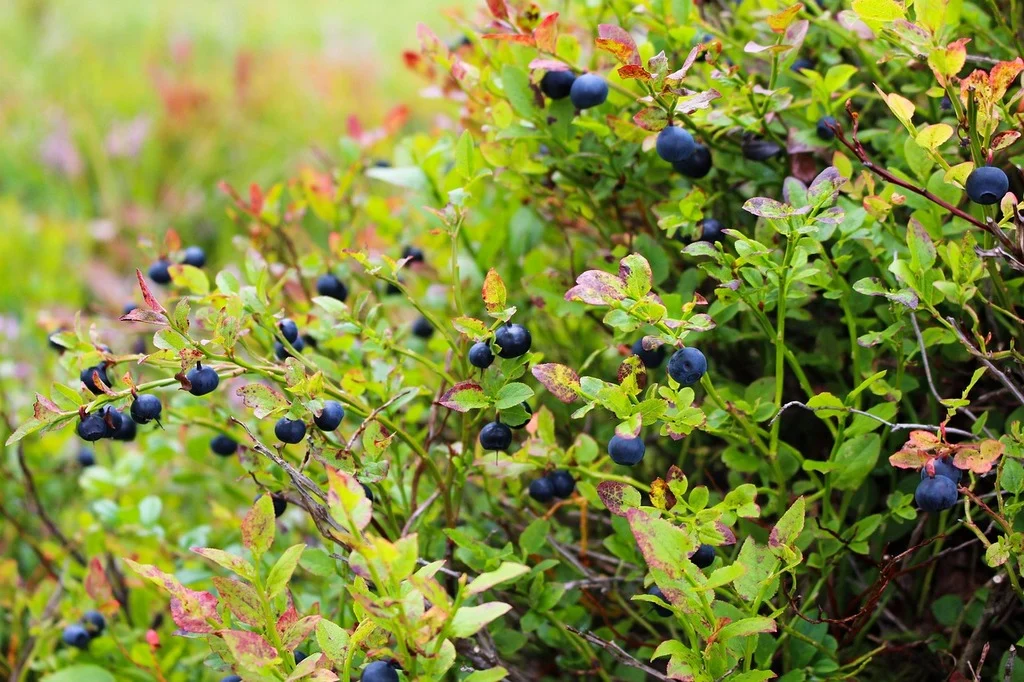
A blueberry bush or two adds charm, structure, and, of course, fruit that tastes like summer. The leaves turn fiery red in the fall, so they offer year-round visual interest even when they’re not producing. Blueberries need acidic soil and do best in full sun, but once they’re settled, they’re quite hardy. And nothing beats the feeling of plucking a handful of berries on a warm morning.
They also attract pollinators and birds, so your garden becomes a little more alive with movement and sound. Grow them in the ground or in large containers if your soil needs adjusting. Just make sure to plant more than one variety for better fruiting. The boutique bonus? Blueberries freeze beautifully, so your summer harvest lasts for months.
6. Nasturtiums
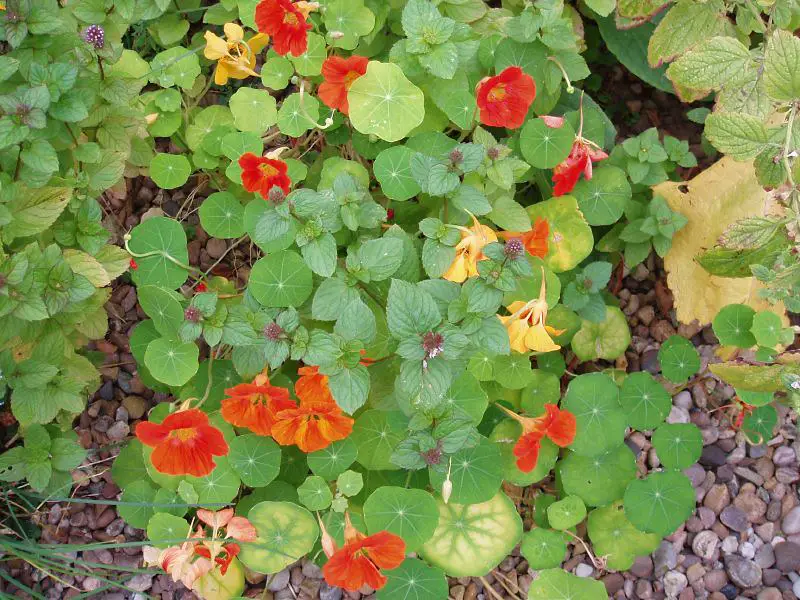
These cheerful, trailing flowers are completely edible—from leaves to blossoms—and they grow like wild. Their peppery taste adds a kick to salads, and the bright blooms look like something from a floral arrangement. You can train them up a trellis, let them spill over containers, or use them as ground cover. Either way, they bring instant personality to your space.
The leaves have a lily-pad look that adds great texture among your other veggies and herbs. Nasturtiums also act as natural pest deterrents, keeping aphids away from more sensitive plants. They’re basically garden superheroes that just happen to be gorgeous. Plant them once and they’ll self-seed year after year.
7. Dwarf Fig Trees
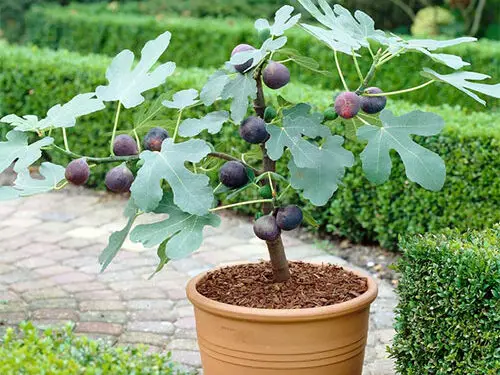
Figs feel indulgent and exotic, like something you’d see in a Mediterranean villa. The dwarf varieties are perfect for containers or small gardens, and they produce sweet, jammy fruit in late summer. Their sculptural leaves and gnarled branches add a designer touch that elevates any space. And they’re surprisingly easy to grow, especially in warmer zones.
Water them regularly but don’t let them sit in soggy soil, and give them a sunny spot to thrive. The reward? Lush, velvety fruit you can eat right off the tree or serve on a cheese board. Even when they’re not fruiting, fig trees are beautiful and feel more like a garden feature than just a plant. They make your yard feel curated and special.
8. Kale (Especially Lacinato)
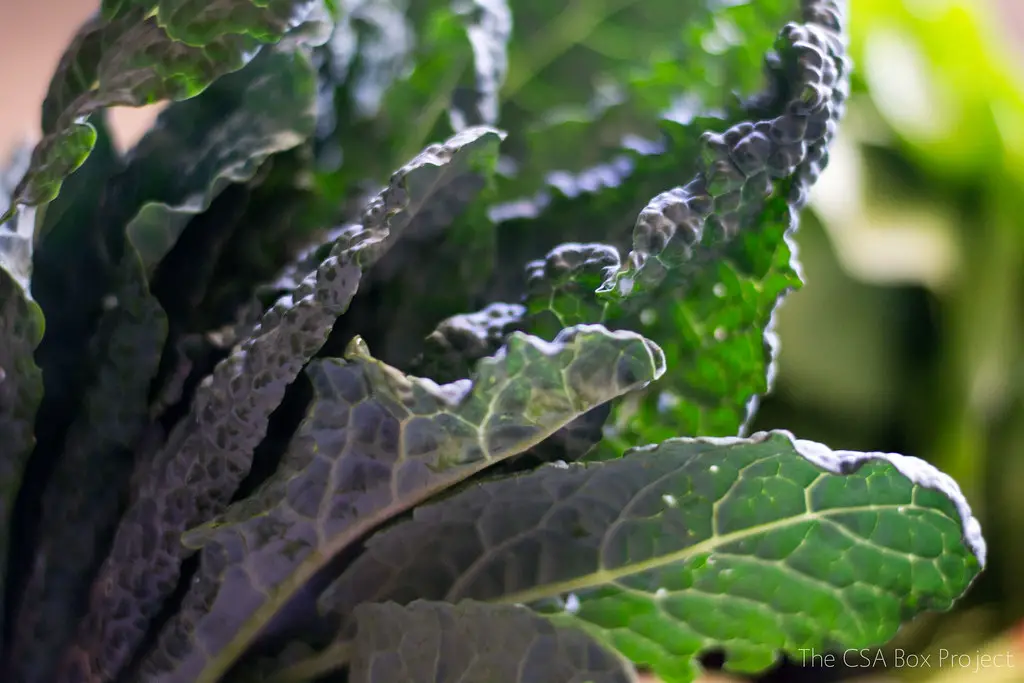
Lacinato kale—also called dinosaur kale—is darker, sleeker, and a little more refined than curly kale. It grows upright with gorgeous bluish-green leaves that look like they were designed for an Instagram flatlay. This variety is extra tender and less bitter, making it great for salads, sautés, and smoothies. It can even handle a bit of frost, so it lasts longer into the season.
It’s a workhorse in the garden, producing leaf after leaf for months if you harvest from the bottom up. Bonus: it plays well with herbs and flowers in mixed beds. Your garden ends up looking as good as it tastes. Grow it and you’ll start feeling like a part-time farm-to-table chef.
9. Thyme
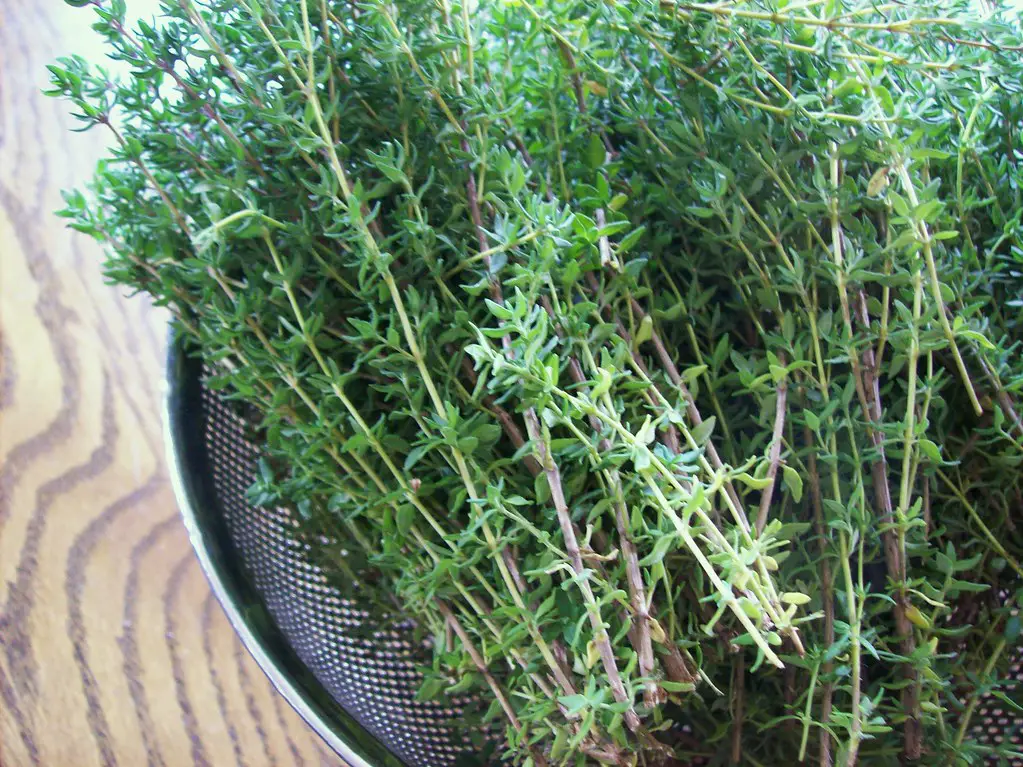
Thyme may be tiny, but it brings big boutique vibes to your garden. Its low-growing, fragrant sprigs look neat and elegant lining paths or spilling out of planters. It thrives in dry, rocky soil and practically ignores neglect once established. You can snip some anytime to toss into soups, roasts, or herb blends.
There are several varieties, including lemon and creeping thyme, that let you mix things up visually and flavor-wise. It also flowers in summer, bringing in bees and adding softness to your landscape. Thyme works especially well in small spaces or herb spirals. Add it and your backyard suddenly has that cultivated, European feel.
10. Cherry Tomatoes
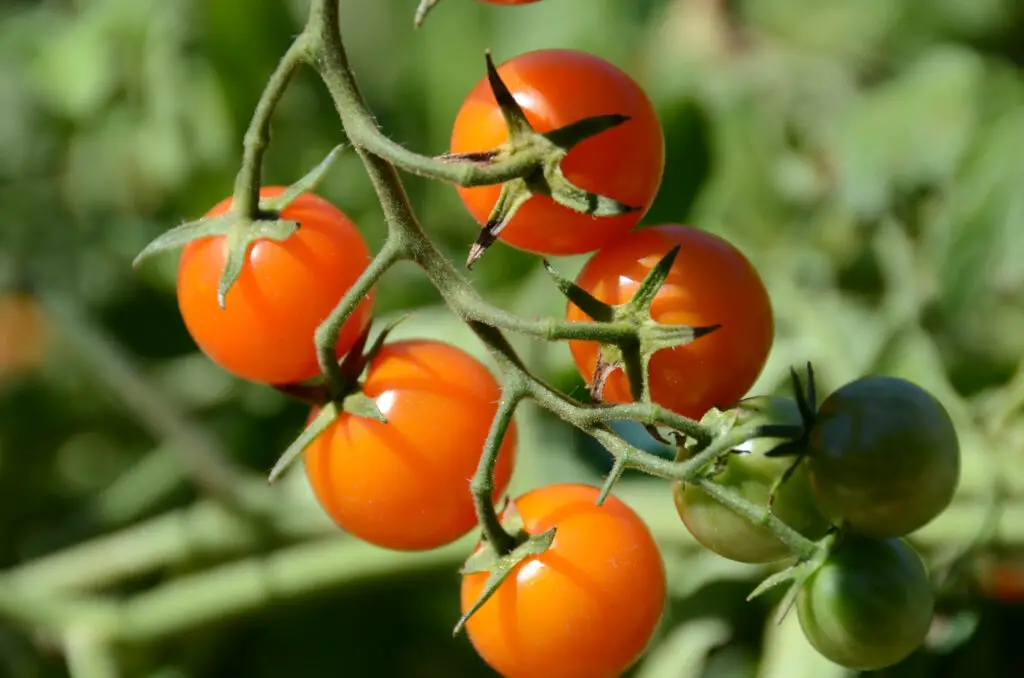
Nothing says farmstand quite like a cascade of jewel-toned cherry tomatoes. They’re prolific, quick to ripen, and come in fun colors like yellow, orange, and even striped. Trellised or grown in hanging baskets, they double as décor and dinner. The flavor is unbeatable—sweet, tangy, and sun-kissed.
With good airflow and regular watering, they’re relatively easy to manage even for beginners. Keep an eye out for pests, and harvest often to keep them producing. They’re perfect for snacking, roasting, or throwing into salads. Plus, there’s just something joyful about popping tomatoes off the vine while barefoot in your backyard.
11. Lavender
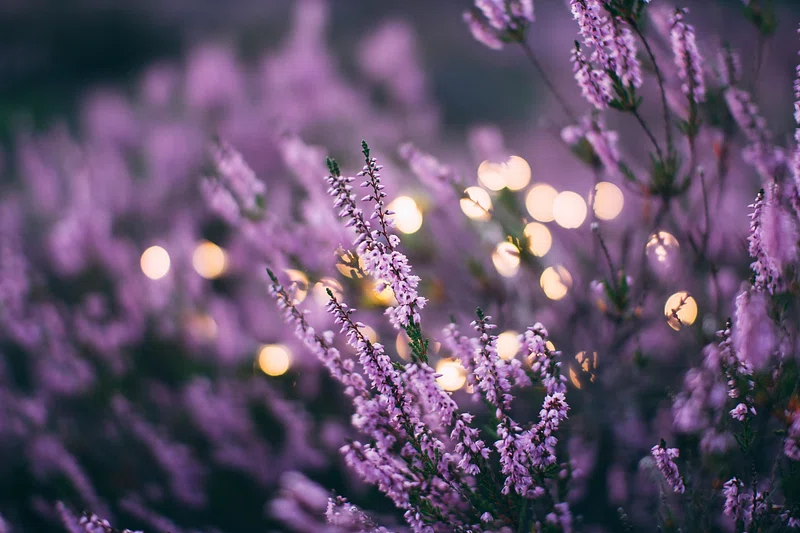
Okay, so lavender isn’t a vegetable, but it is edible—and it brings serious boutique vibes. Its silvery-green foliage and purple blooms look elegant, and the fragrance instantly transforms your yard into a wellness retreat. As noted by Forbes, lavender has grown in popularity not just for its scent, but for its culinary potential in syrups, shortbread, and cocktails. It loves full sun and dry soil, making it low-maintenance and drought-tolerant.
You can harvest and dry the blooms for use all year, or just enjoy the fresh scent as you stroll by. Bees and butterflies adore it, which helps your other plants flourish. Whether you use it in recipes or just enjoy its calming effect, lavender makes your space feel luxurious and intentional. It’s a perfect finishing touch for your homegrown farmstand fantasy.
